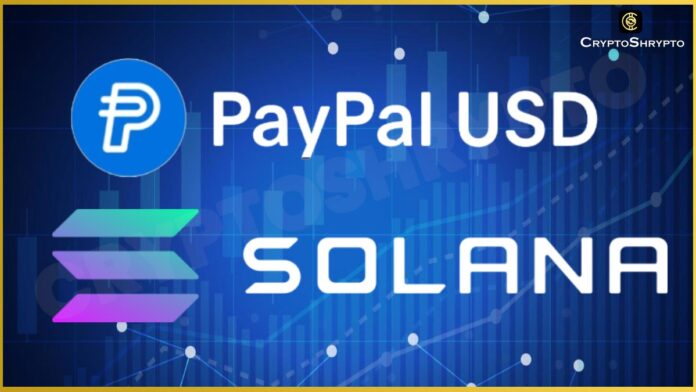PayPal announced that its stablecoin, PayPal USD (PYUSD), is now available on the Solana blockchain. This integration aims to make the stablecoin faster, cheaper, and more efficient for users, capitalizing on Solana’s ability to handle massive transaction volumes at high speeds and low costs. PYUSD on Solana is designed to offer enhanced flexibility and control for digital commerce and payment solutions, allowing users to maintain a unified balance across different blockchains within their PayPal and Venmo wallets.
The announcement was made recently, although the specific date of the release was not provided in the initial details.
The service is available through PayPal and Venmo digital wallets, with additional purchasing options through platforms like Crypto.com, Phantom, and Paxos. This service is part of PayPal’s broader digital currency operations, regulated by the New York State Department of Financial Services, although specific services like cryptocurrency transactions are not available in Hawaii and other restricted areas.
The availability of PYUSD on the Solana blockchain is part of PayPal’s ongoing strategy to integrate advanced blockchain technology into its payment systems to enhance digital commerce globally. The move leverages Solana’s renowned processing capabilities for high-speed and low-cost transactions, making it an ideal platform for PayPal’s stablecoin. This deployment is expected to foster greater adoption and use of digital currencies in everyday commerce, facilitated by PayPal’s secure and user-friendly ecosystem.
This development is a significant step in the evolution of digital currencies for mainstream financial transactions, reflecting a growing trend of traditional financial services embracing blockchain technology to improve efficiency and reduce costs. The adoption of Solana by a major financial player like PayPal could signal a broader acceptance and integration of blockchain technologies in the financial sector, promoting the use of digital currencies in regular commercial activities and enhancing the overall stability and utility of such assets in the digital economy.




